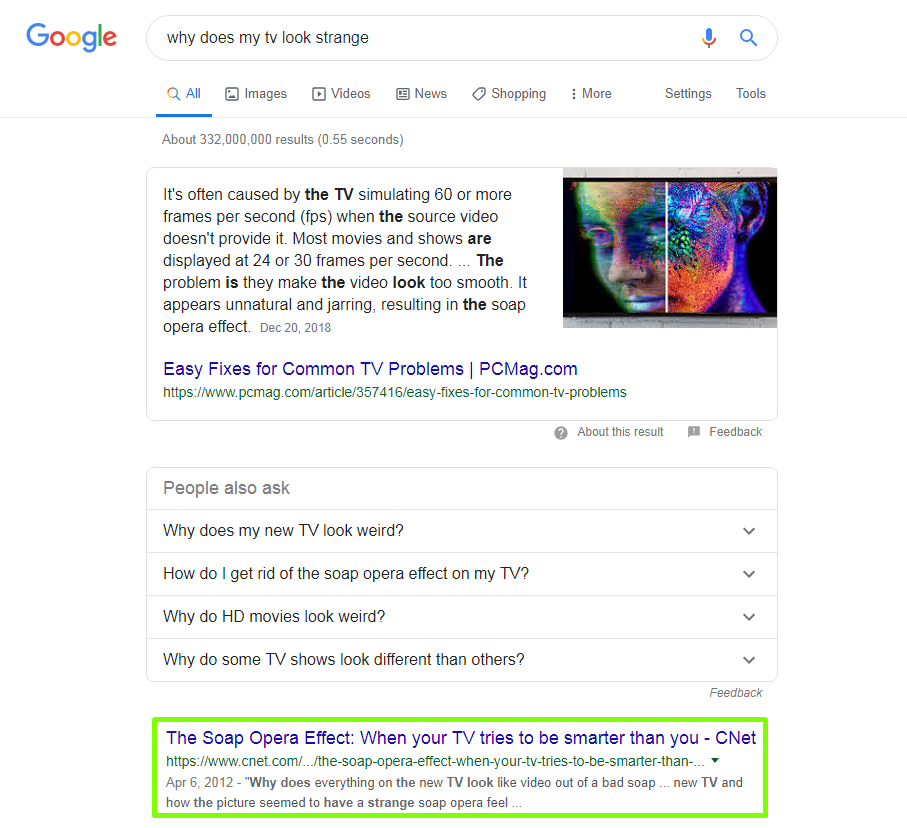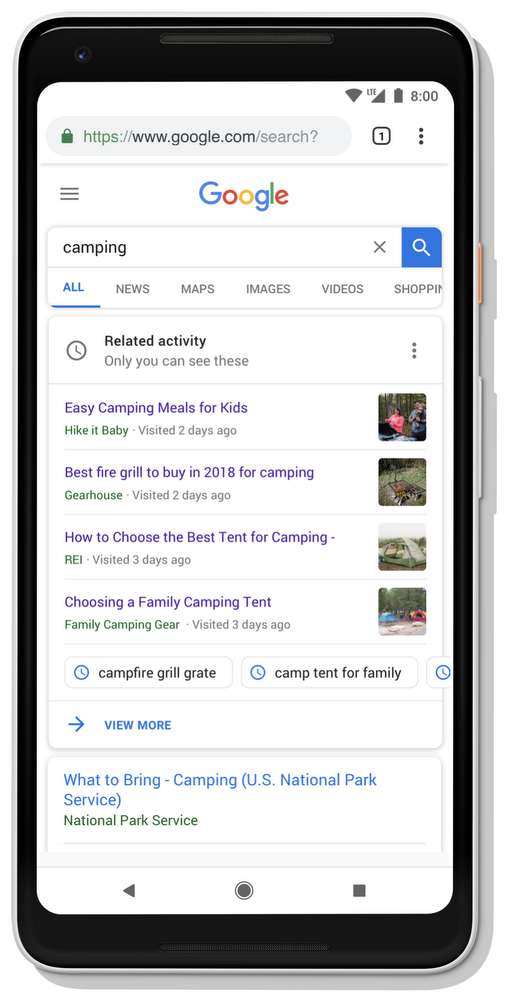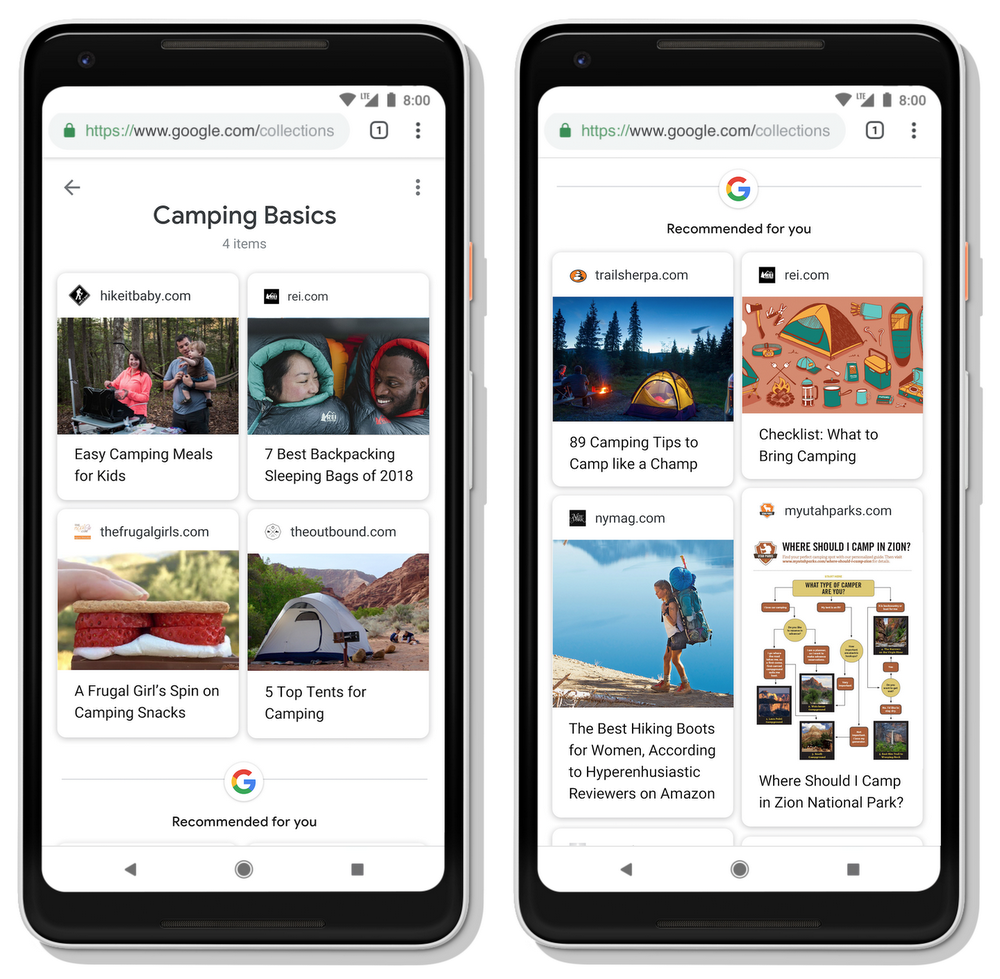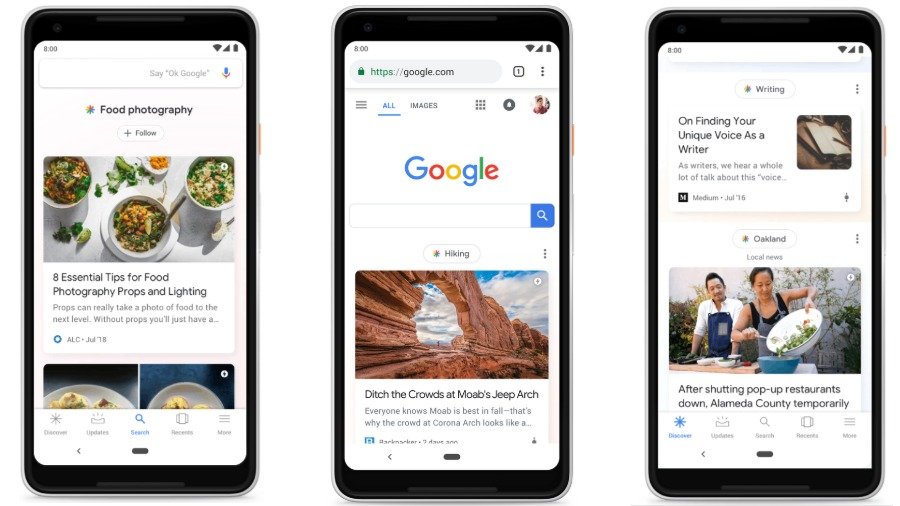What Does Google’s Neural Matching Mean for the Future of SEO?
30 April 2019 Leave a comment CONTENT MARKETING, ON-PAGE SEO
Google is continually working on improvements, and we got used to regular updates and algorithm announcements. Last fall, we first heard about neural matching, and this concept has remained unclear for many of us since then.
It’s time to look at this innovation in detail. The thing is, neural matching is changing the way Google search works, and this means possible changes for SEO and content experts. So stop drifting in darkness, and let’s shed light on the new chapter of web search.
What Do We Know About Neural Matching So Far?
Imagine there is a powerful computer that can answer any of your questions. No matter what query you type in, the answers are always precise and provide you with the information you need. Seems like science fiction, right? But Google likes this idea a lot.
In 2017, it was announced that 15% of web searches are wholly new for Google. It means that the search engine doesn’t know how to answer these queries yet, and it can damage user experience. So, how about the precise answers?
The solution is to scan user intentions behind the queries to find the most appropriate answer in the available content. But this idea seems simple on paper – putting it into practice is a different story.
There is a gap between the search query and the website’s content. People want to find results quickly, so they don’t think much about rich vocabulary, unlike content writers.
Google technicians addressed this issue and reported their work results during Google’s 20th birthday week. From now on, the search engine is aimed to understand synonyms with the help of artificial intelligence.
“Last few months, Google has been using neural matching, – AI method to better connect words to concepts. Super synonyms, in a way, and impacting 30% of queries. Don’t know what “soap opera effect” is to search for it? We can better figure it out” – Danny Sullivan, Google’s search adviser.
In simple terms, neural matching is a system of synonyms powered by AI and used to understand search queries better. And any other ranking factors are ignored to provide users with the highest information quality. This approach was applied to 30% of search queries as of fall 2018.
What Forms the Basis of Neural Matching?
Want to get more details about the new AI algorithm? Well, it’s a challenging task. Google usually doesn’t like to open all of the secrets. But this time, we’re fishing for information from Deep Relevance Ranking Using Enhanced Document – Query Interactions.
You won’t find any mentions of neural matching, but you can learn a lot about Ad-Hoc Retrieval (or Deep Relevance Ranking) instead. The basic idea of this concept is to rank pages using a query and the page’s text solely, so it sounds a lot like neural matching.
Also, this document points out that the innovation does not consider traditional ranking factors. It doesn’t mean that SEO tactics are completely ignored. Rather, they become the first stage of the search. Traditional ranking factors help Google to clean out spammy links from the search. And then, Ad-Hoc Retrieval, i.e., neural matching, comes into play.
How Will the Future of Search Change?
This AI innovation proves that Google is not limited by traditional ranking factors such as keywords or backlinks. Synonyms, as a basis of neural matching, allow the search engine to speak a common language with a web user.
Content will be placed at the heart of SEO optimization because marketers would think more thoroughly about people’s needs and, more importantly, how websites help them to achieve goals. We might expect the content to become richer and more versatile to meet the users’ expectations.
All in all, Google is trying to encourage website owners to focus more on the quality than on a bunch of keywords in the text. Users will get the answers they need, and website owners get more potential leads – it’s a win-win situation.
Is There a Reason to Worry?
Don’t panic – there’s nothing to worry about. Maybe, you had an image in mind how your website is losing rankings as soon as neural matching is used for more search queries. But the good old SEO practices are here to stay. All Google wants is to understand people better and have enough data for brand new search queries.
It’s just another reason for us to believe that articles stuffed with keywords are a thing of the past. Keywords that match queries give way to the AI-based neural matching, and it’s time to face the future.
Neural Matching vs.RankBrain
Neural matching processes words from a search query and can connect the words with the most relevant pages. In Google’s words, neural matching understands “concepts”, i.e., what stands behind a particular query.
RankBrain, on the contrary, understands the web page and how it matches different concepts.
In other words, neural matching works on the user’s side, and RankBrain works on the page’s side. These two separate systems serve as a bridge that connects users with the desired data.
What Should You Do as an SEO expert?
We mention content here and there when writing about on-page optimization. The more effort you put into what you write, the more Google appreciates your work. Neural matching is another proof to power up your content strategy.
- For starters, make a list of intentions that web users may have. Marketers create a portrait of their target audience according to several parameters (age, gender, income level, etc.). Having all this information by your side, a list of intents would be an easy task.
- To find some inspiration, you can conduct keyword research. Along with some standard keywords like “online clothes shopping”, use something like “I want to buy a shirt” or “where I can find a red dress”.
Such short-tail and long-tail queries can be a foundation for the next article on your website. There should be a feeling that you’re answering a question asked by one of your customers. Address a specific problem and solve it with your content.
- H1 and H2 header tags are the best places to add “a question”. This way of presenting information looks natural for search engines, and they can quickly identify what your content is about. This tactic was used before the neural matching’s appearance, and now it’s becoming more popular.
3 More Google Innovations Powered by AI
Google is getting serious about artificial intelligence. The latest AI solutions create new approaches to the search experience. So how exactly Google transforms answers into journeys?
Activity Cards
Such cards are storing information about the user’s latest activity. If you want to get back where you finished, activity cards will help you out.
It is particularly useful when you’re gathering information for some project. Let’s say you’re planning a vacation. It’s difficult to take every detail into account, so often one evening is not enough to plan out everything.
Another use case for activity cards is regular searches. If you always check restaurants nearby or look for new recipes to cook dinner, you only have to use one of your cards.
Activity cards are displayed at the top of SERPs, so there’s no chance to forget your latest searches.
However, it doesn’t mean that Google would show you activity cards with every query. Instead, they will appear every now and then if your search is somehow related to one of your activity cards. And you can edit the cards however you want to: delete or pause them or remove the search results you don’t like.
Collections
Collections are pretty similar to standard bookmarks, only they appear in search results. And it’s not only about websites and web pages, but you can also save images, places, or routes from point A to point B.
If you’re interested in a specific subject, you can create your storage of information right in the search. To make it clearer, imagine Pinterest boards. But you need a separate app to use Pinterest, while Google is perfect for both searching and storing.
Discover
Here comes the new name of Google Feed that we’ve been using for some time already. As it became popular among users, Google team decided on AI improvements and presented Discover.
Now your feed has headers, so information is grouped according to your interests. Plus, Discover’s icon appears in search results. If you like the content, you should click on the icon to follow this topic.
Another distinctive feature is that Discover focuses more on visuals than on texts. It means there are more videos and images to make the new feed more understandable and entertaining. And even though Google learns a lot from your previous searches and suggests you the best options, you can always pick what you want to see more or less in the future.
Face-to-Face Conversation with Google
It looks like web search is not only about finding information – it becomes a personal matter for every Google user. The search engine captures your sessions and creates a unique experience no matter what you’re looking for. It sounds incredible, doesn’t it?
In the meanwhile, marketers and SEO experts don’t have to change their strategies significantly. If you work hard on creating high-quality content, then you have all the odds to appear in collections or Discovery feed and boost your positions in SERPs.
Tags: AI, Artificial Intelligence, Google search, Google Updates
Like this article? There’s more where that came from.
- 5 Questions to Ask Yourself Before Paying for Rank Tracking Software
- 5 Serious Mistakes Beginner SEOs Make and How to Fix Them
- Why We Use Google’s New Link Attributes and You Should Too
- Title and Description in 2021: Why Google Rewrites SEOs’ Meta Tags
- What We Should Learn From Google’s “About This Result” Feature






